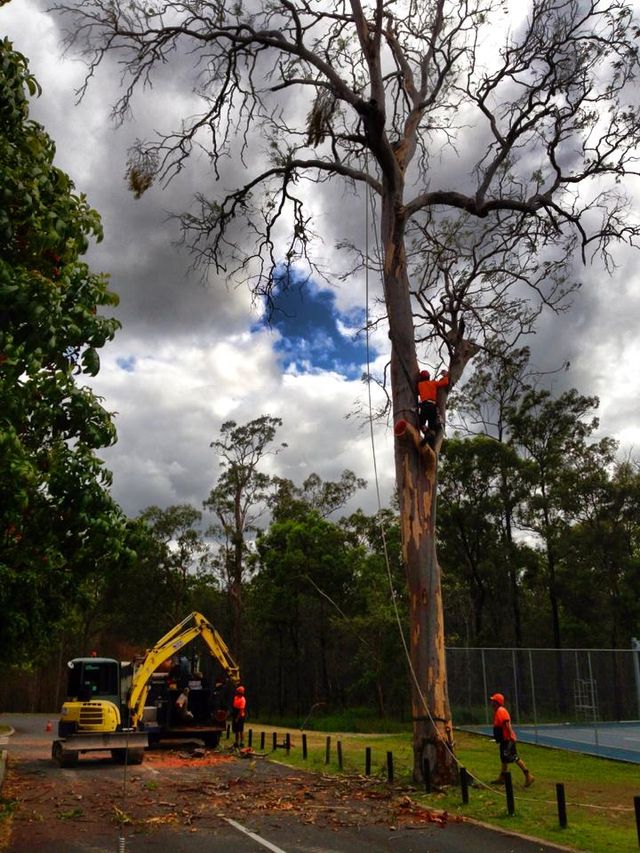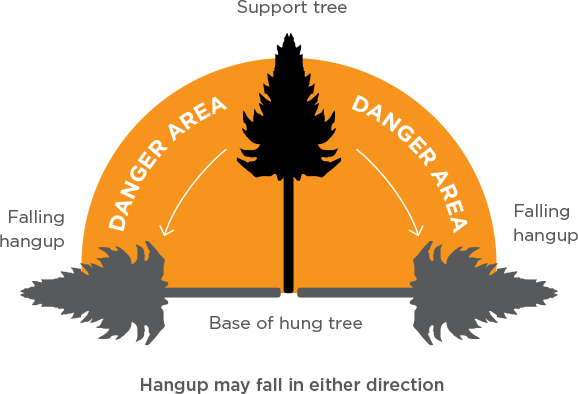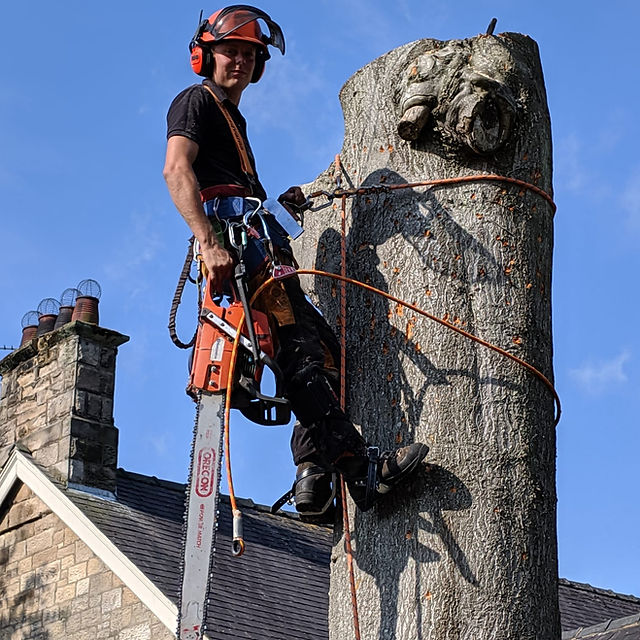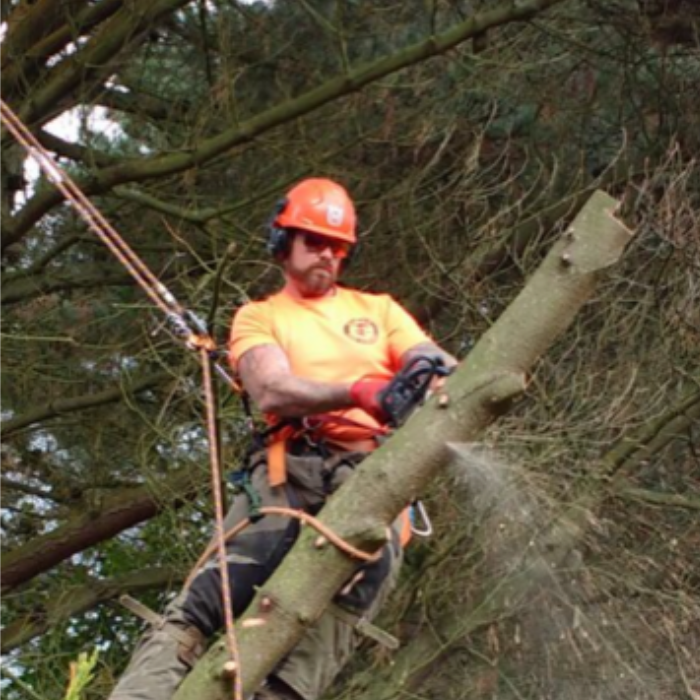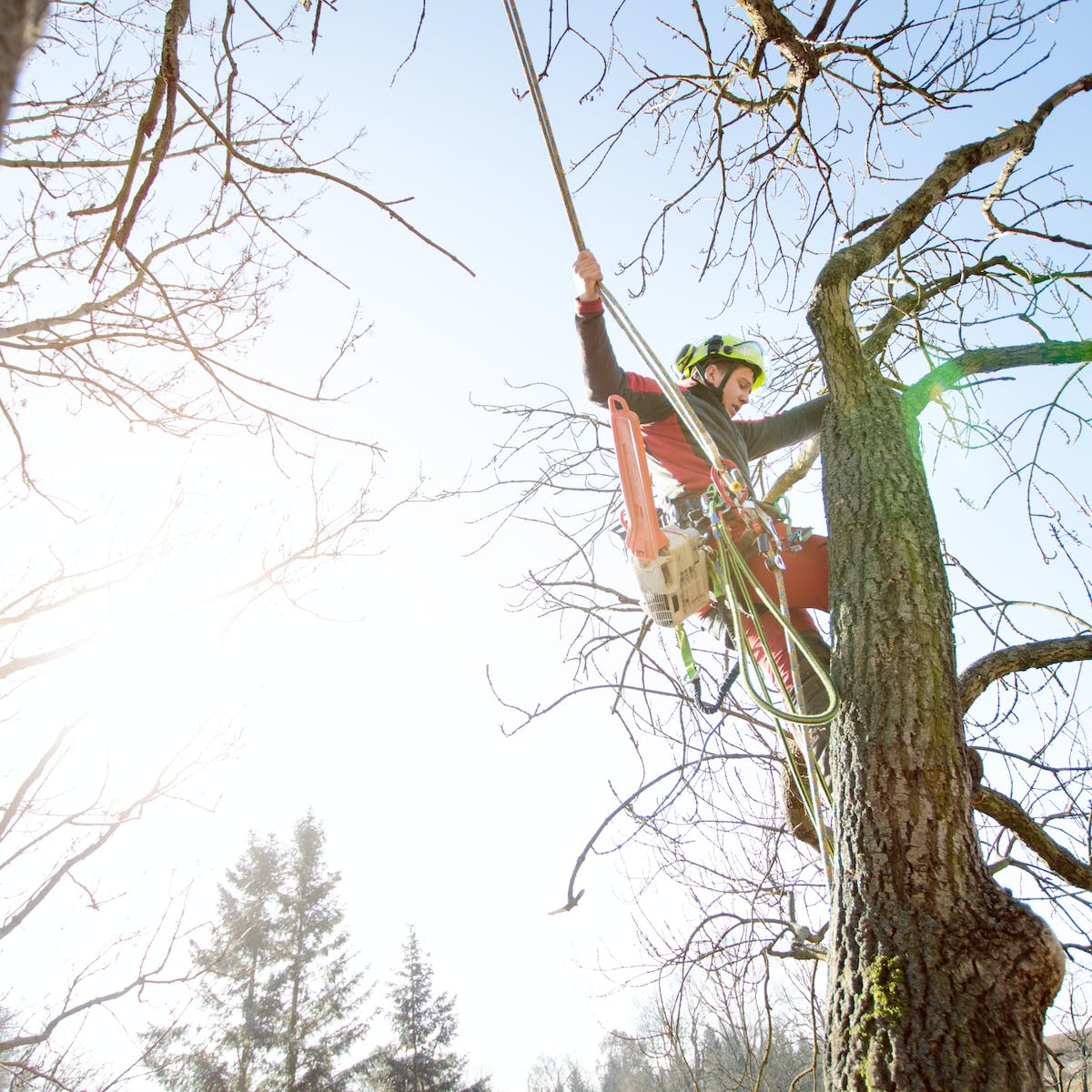When it comes to landscaping, the selection of trees plays a crucial role in shaping the overall aesthetics, functionality, and sustainability of your outdoor space. Choosing the right trees involves considering various factors such as climate, soil conditions, available space, and desired visual appeal. In this comprehensive guide, we will explore the key considerations and provide valuable insights to help you make informed decisions when selecting trees for your landscape.

Climate Compatibility
The first and foremost consideration when choosing trees for your landscape is the climate of your region. Trees are adapted to specific climatic conditions, and selecting species that thrive in your local climate ensures their long-term health and vitality. For example, if you live in a hot and arid climate, drought-resistant trees like the California Sycamore or Palo Verde might be suitable. In cooler climates, deciduous trees like maples and oaks add vibrant colors during the fall season.
Soil Conditions
Understanding your soil composition is crucial for tree selection. Different tree species have specific soil requirements, including pH levels, drainage capacity, and nutrient content. Conduct a soil test to determine the soil characteristics in your landscape. If you have clayey soil, trees like Red Maple or Sweetbay Magnolia that tolerate such conditions would be ideal. Sandy soils may favor trees like Pine or Cypress that can thrive in well-draining environments.
Space Considerations
The available space in your landscape is a critical factor in determining the size and placement of trees. Consider the mature size of the trees you’re interested in and ensure they have enough space to grow without causing issues with structures, utility lines, or other plants. Smaller yards may benefit from dwarf or columnar trees, while larger landscapes can accommodate a variety of sizes and shapes.
Purpose and Function
Identify the purpose you want the trees to serve in your landscape. Are you looking for shade, privacy, or ornamental features? Trees can be chosen for their aesthetic appeal, ability to attract wildlife, or even for providing fruits and nuts. For shade, consider trees with a broad canopy like Oak or Maple. If you desire ornamental flowers, Dogwood or Cherry trees might be suitable. Understanding the intended function will guide your tree selection.
Maintenance Requirements
Different trees have varying maintenance needs. Some trees require regular pruning, while others are low-maintenance. Consider your willingness and ability to invest time and effort in tree care. Evergreen trees like Juniper or Arborvitae may need less maintenance than deciduous trees that shed leaves annually. Assess the long-term commitment required for your chosen trees to ensure they align with your maintenance preferences.
Local Regulations and Restrictions
Before finalizing your tree selection, check local regulations and restrictions that may impact your choices. Some areas have guidelines on planting specific tree species due to invasive tendencies or disease concerns. Additionally, there may be restrictions on tree height near power lines or property boundaries. Being aware of these regulations ensures compliance and avoids future complications.
Diversity for Resilience
Opting for a diverse selection of tree species in your landscape promotes resilience against pests, diseases, and environmental stressors. Monocultures are more susceptible to widespread issues, so consider planting a variety of trees that complement each other. Diversity not only enhances the visual appeal of your landscape but also contributes to a healthier and more sustainable ecosystem.
Consult with Local Experts
Seek advice from local arborists, horticulturists, or nurseries familiar with the specific conditions in your area. They can provide valuable insights into which trees are thriving locally and offer guidance on care and maintenance. Local experts can also alert you to any emerging issues or trends in tree selection that may impact your choices.
Choosing the right trees for your landscape is a thoughtful and multifaceted process that requires consideration of various factors. By understanding your climate, soil conditions, available space, and the intended purpose of the trees, you can make informed decisions that contribute to the long-term health and beauty of your landscape. Remember to research, plan, and consult with local experts to ensure your chosen trees flourish in their new environment, creating a vibrant and sustainable outdoor space for years to come.


